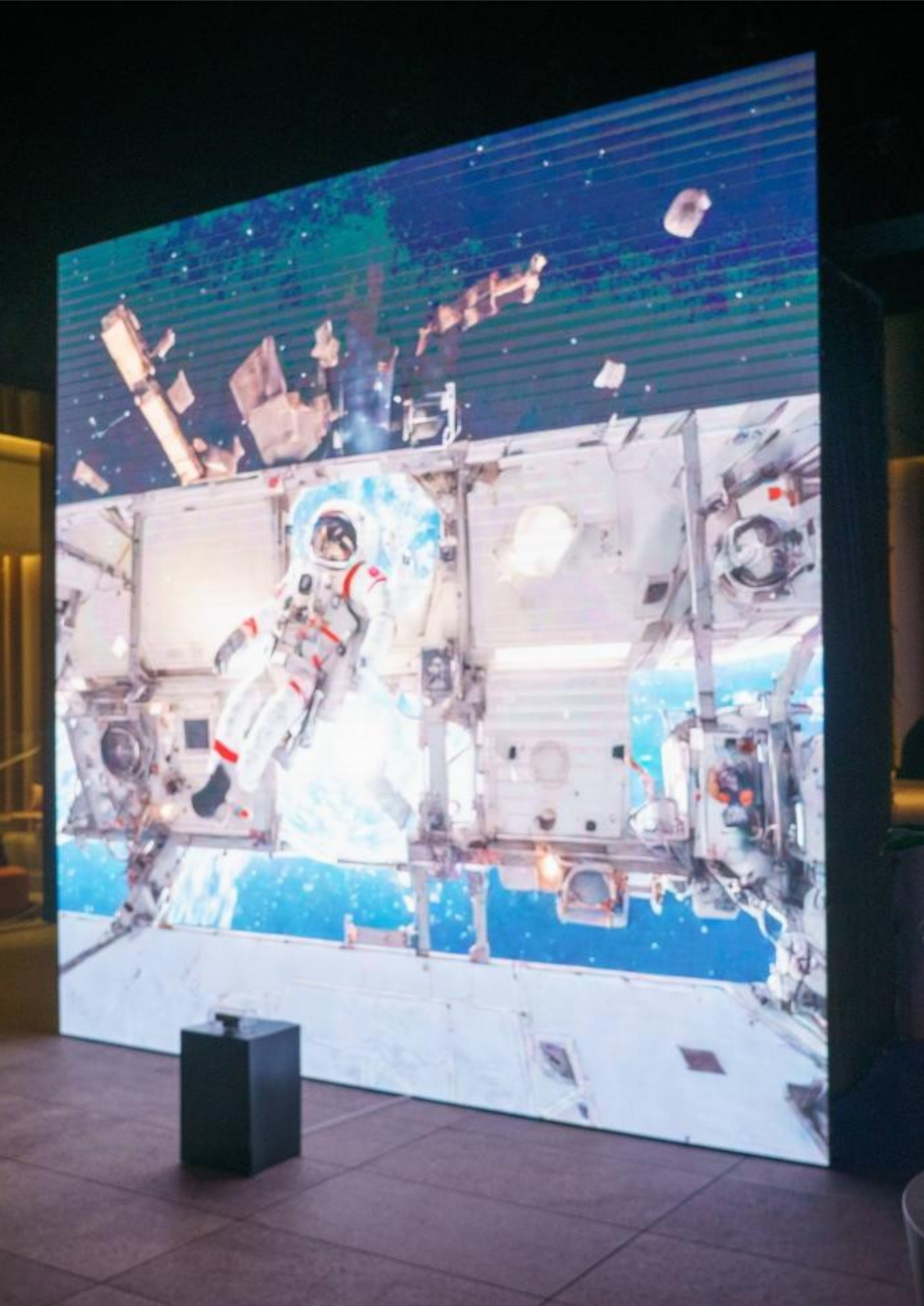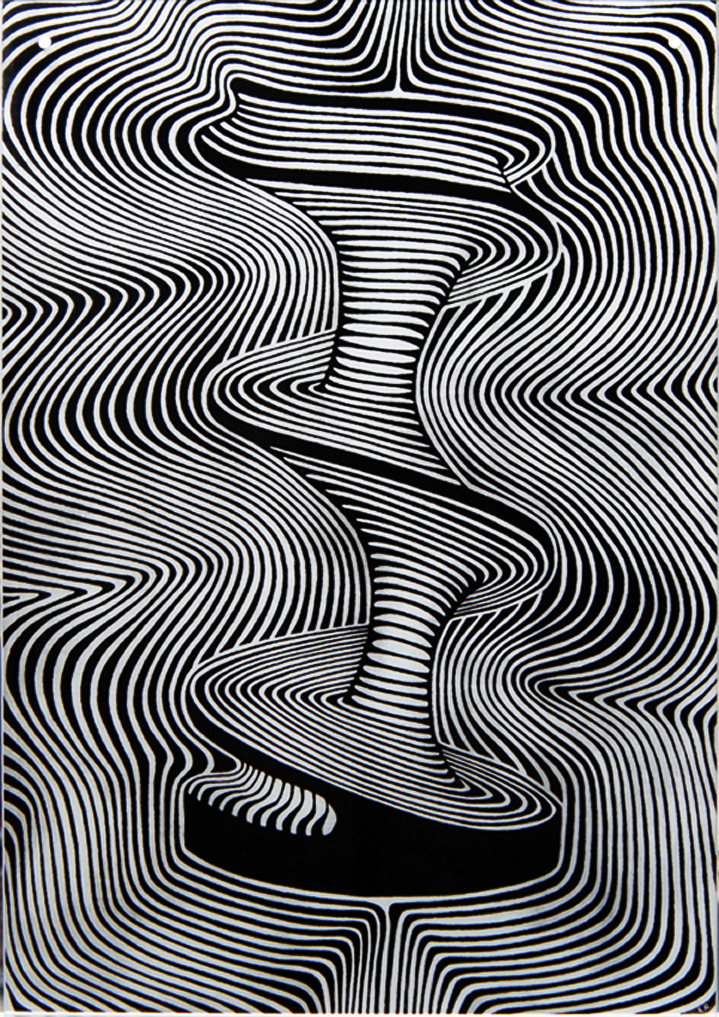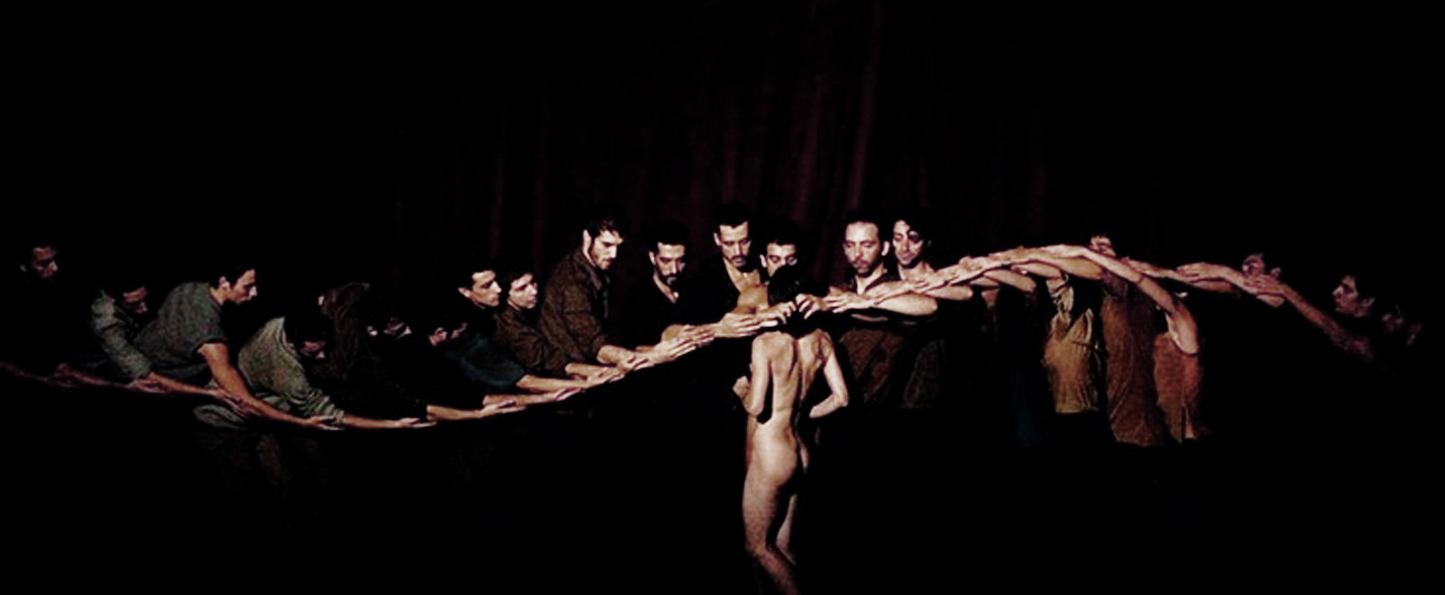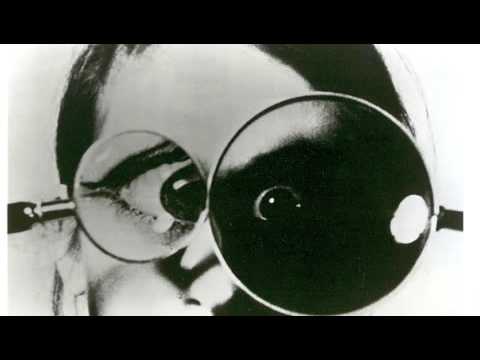
FILE SÃO PAULO 2025: SYNTHETIKA – Daito Manabe and Kyle McDonald – Arte e Tecnologia
TRANSFORMIRROR
Daito Manabe and Kyle McDonald
FILE SÃO PAULO 2025: SYNTHETIKA – Arte e Tecnologia
Transformirror – Japão | Estados Unidos
Quando tudo é imaginado pela IA – da música e das imagens aos prompts e títulos – como é olhar para o espelho? Este estudo seminal de geração de imagem em tempo real, viabilizado em 2023 com Stable Diffusion XL-Turbo e Stable Audio, investiga o futuro da mídia e da interatividade. Poderemos compreender melhor esses sistemas ao interagir com eles fisicamente, em tempo real?
BIO
Kyle McDonald cria instalações audiovisuais imersivas e performances com técnicas de visão computacional, aprendizado de máquina e programação criativa para explorar conexões e futuros compartilhados entre seres humanos. Daito Manabe une tecnologia e expressão física em colaborações como Perfume e ELEVENPLAY com MIKIKO. Fundador da Rhizomatiks, dirigiu projetos como a cerimônia de encerramento das Olimpíadas Rio 2016.











